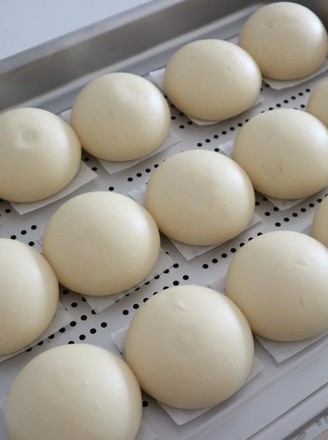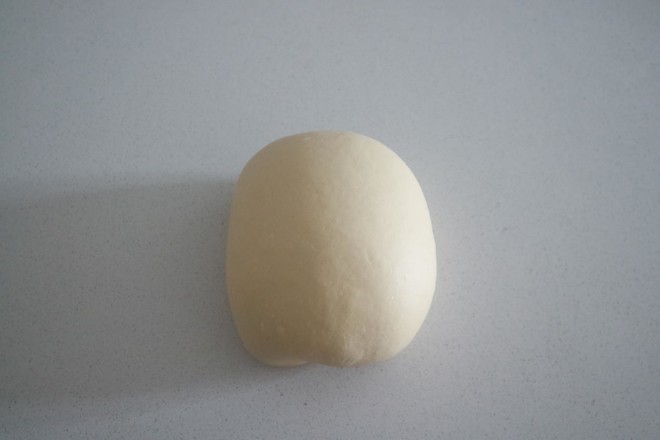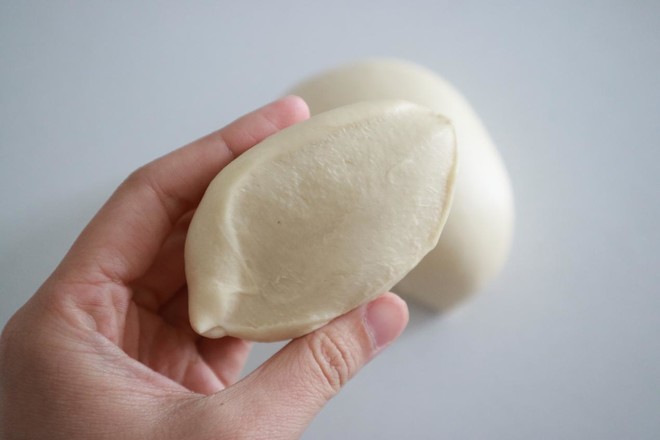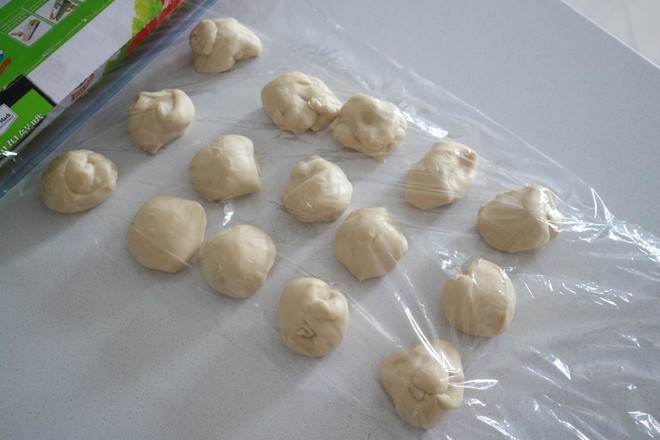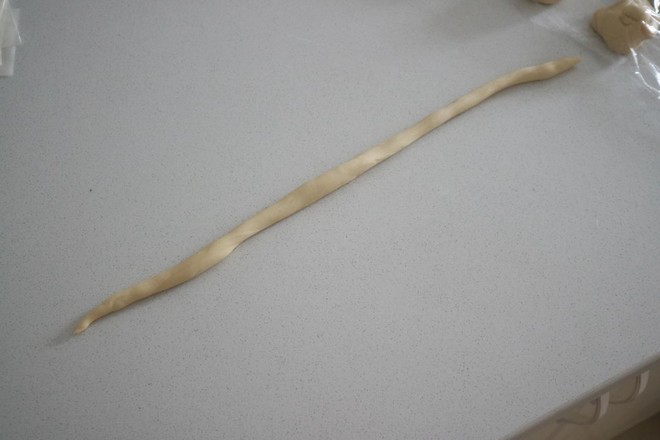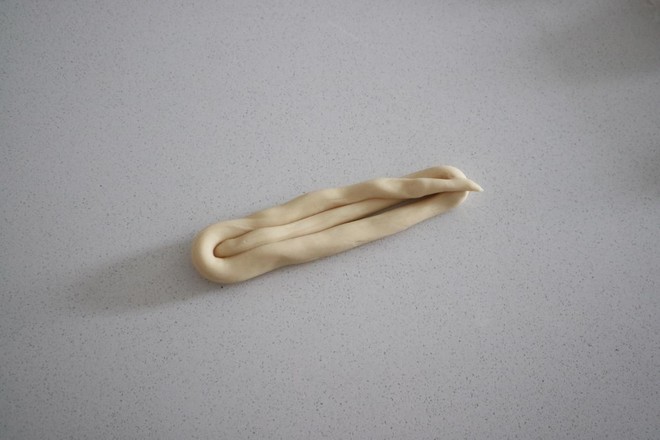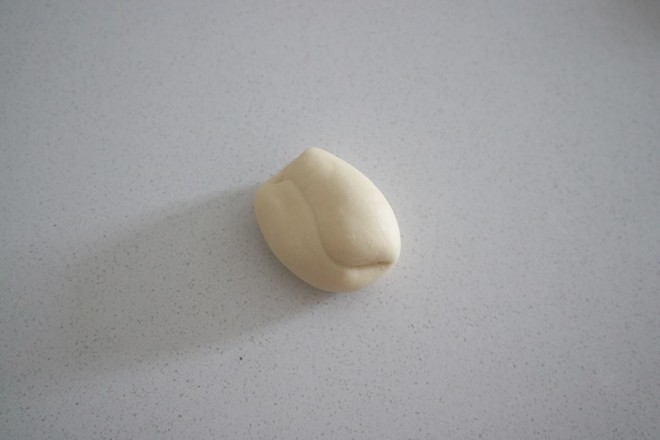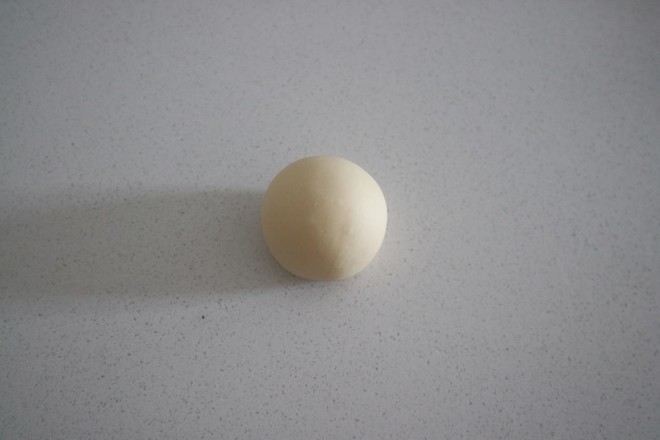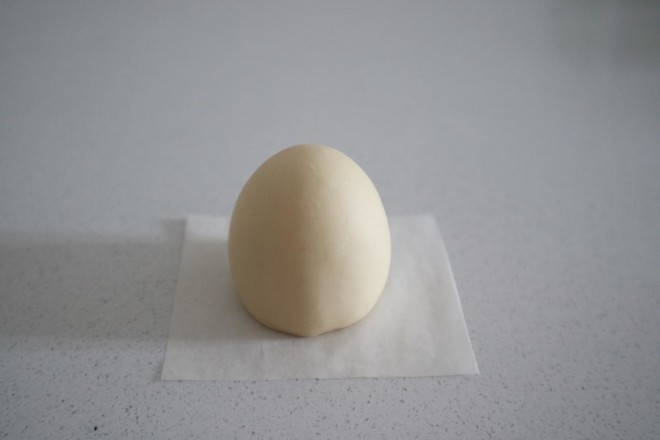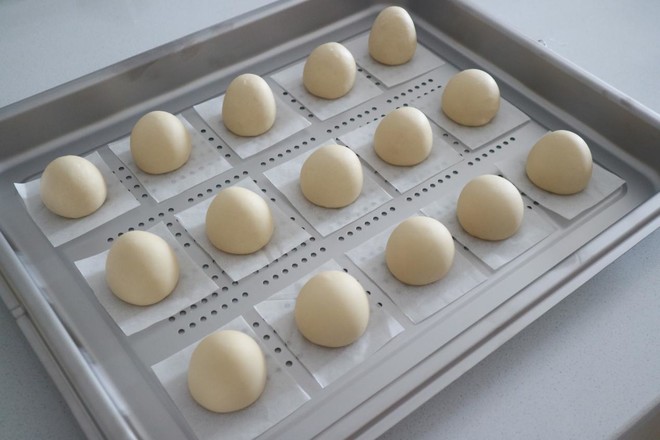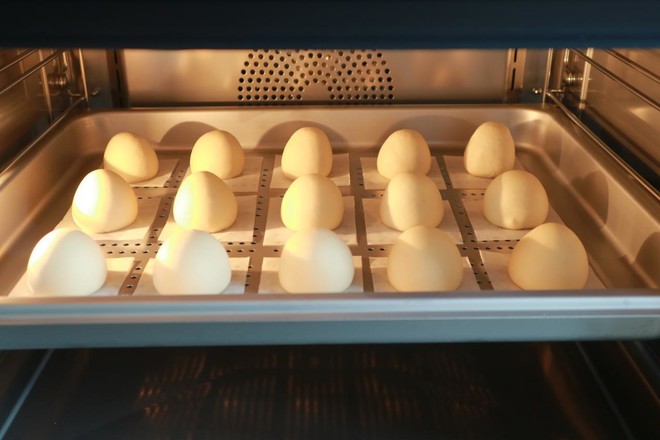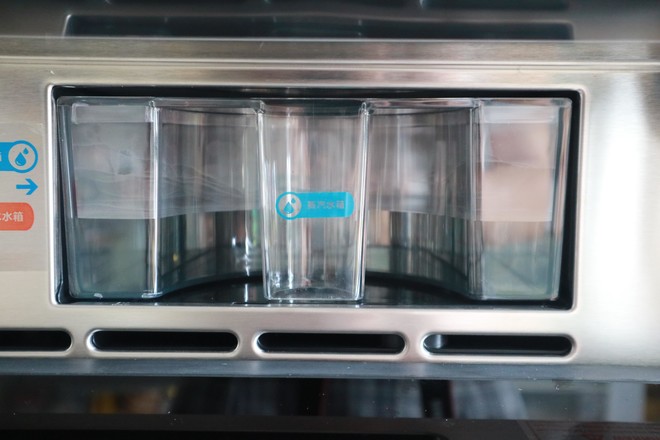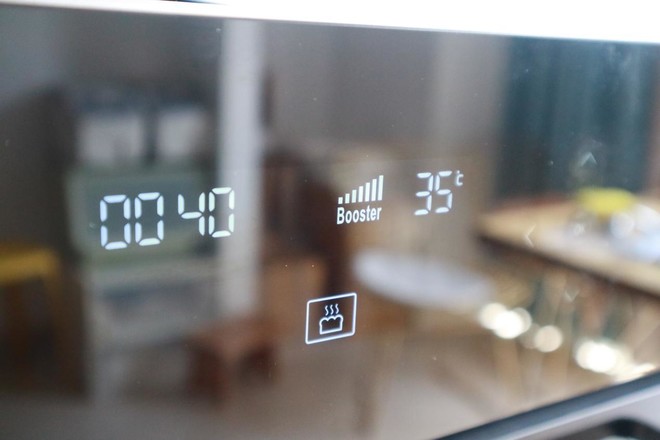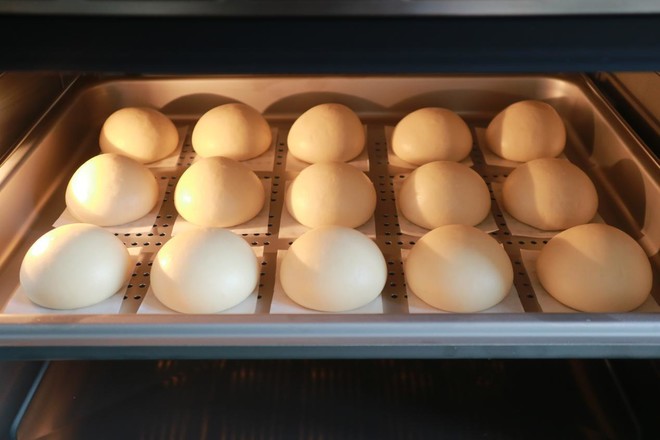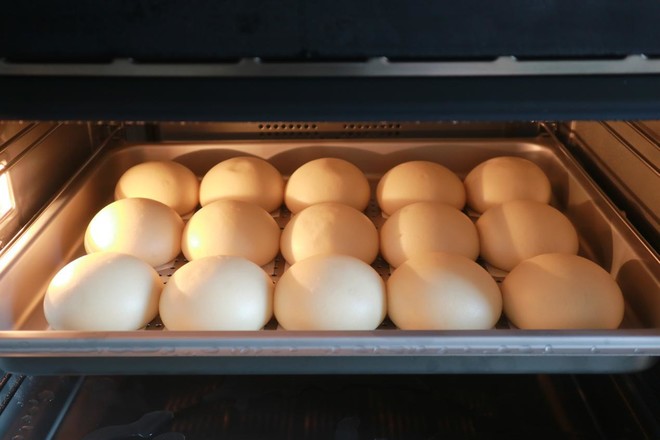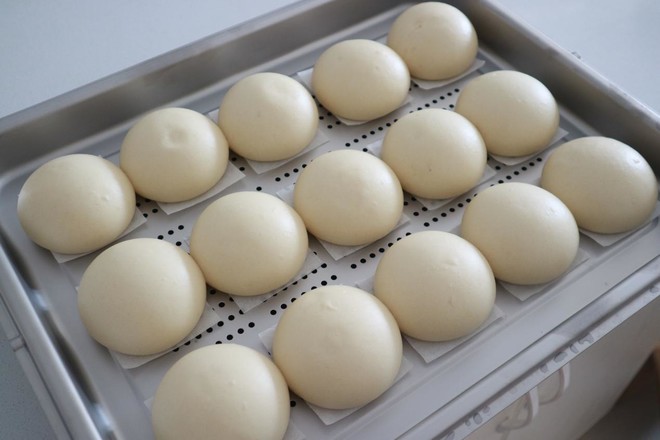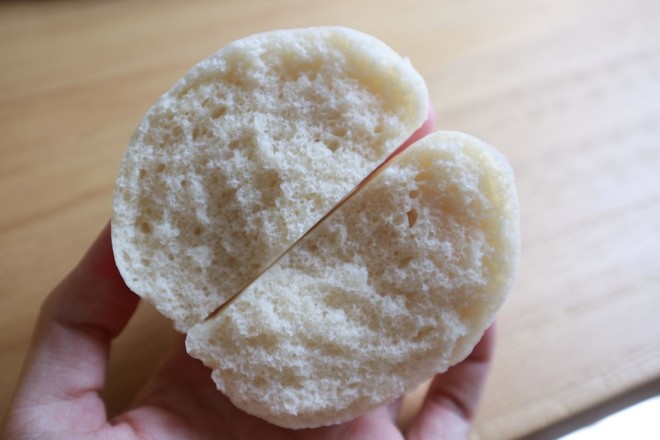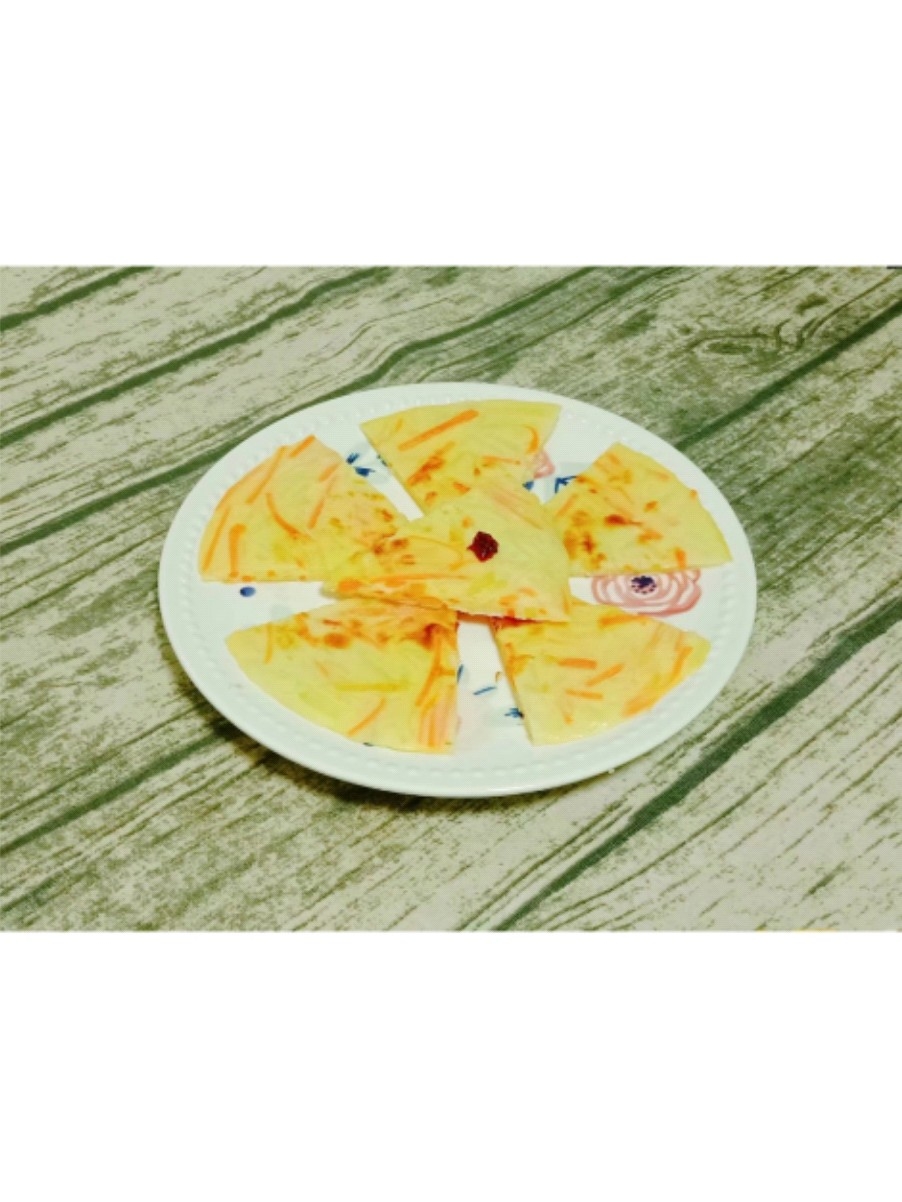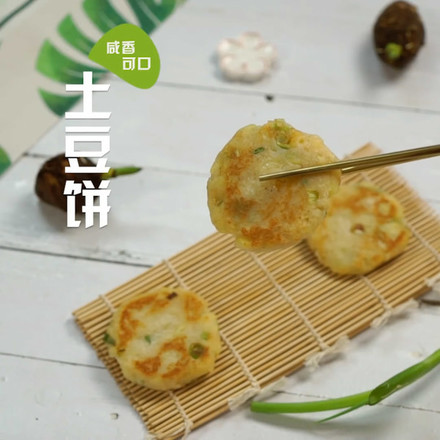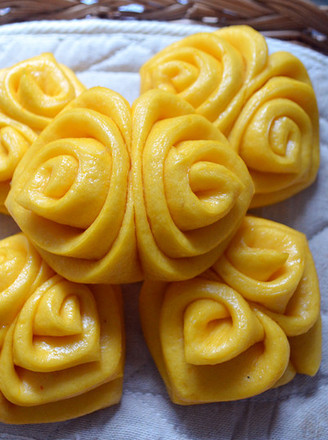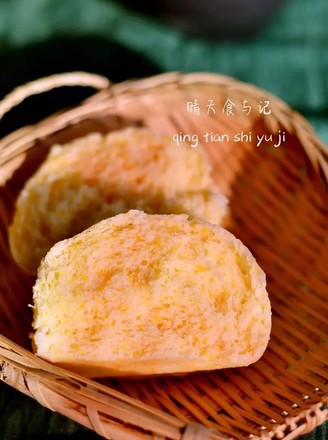Milky Mantou
1.
We pour the ingredients into the kneading bucket at one time, but pay attention to separate the yeast and the sugar to avoid affecting the activity of the yeast
2.
Knead the dough until the surface is smooth and soft to the touch
3.
To judge whether the dough is well kneaded, you can use a scraper to cut a small piece of dough. If the cut surface is smooth and without pores, it is ready to knead.
4.
Then divide the dough into 50g each, pay attention to cover the plastic wrap to moisturize the dough, yes, you are not mistaken, this dough does not need to be fermented once, but it is directly divided into dough after kneading.
5.
After the small doses are divided, we start to vent the dough, and roll the dough into a slender strip with the root of the palm, so that the operation can eliminate the excess air holes in the dough as much as possible, and make the finished product more delicate
6.
Then fold the rolled dough back, and repeat step 5 to roll the dough into a slender strip. For the entire shaping process, we will repeat steps 5-6 about 3 times.
7.
After finishing exhausting, we knead the dough into a circle
8.
Then turn the mouth down and round it
9.
We push the shaped dough as high as possible, about 5 cm in height. This is because the dough will extend around and become shorter during the fermentation process, so the shape of the steamed bun will be better after being pushed up and fermented.
10.
We put the shaped dough on the food tray one by one, just 15 pieces. Everyone should pay attention to the shaping speed, otherwise the fermentation state of the first and last one will be far different.
11.
Then put the food pan in the steaming oven, the middle level
12.
In the water tank, half a tank of water
13.
Set the fermentation function, 35 degrees, 40 minutes, and then we can rest and wait at ease, the machine will beep when the fermentation is over
14.
Let’s see if the fermented dough is round and plump
15.
After the fermentation is over, we don’t need to take out the baking tray, just set the mode to pure steam, 100 degrees for 17 minutes.
16.
After the time is over, don’t open the door in a hurry and let the steamed buns simmer for 3 minutes. Another thing to note is that you must insert an oil pan under the food pan, because a small amount of steam will still flow to the bottom of the machine.
17.
After simmering for 3 minutes, take out the steamed buns to see if they are all white and fat, then put the steamed buns in a fresh-keeping bag while they are warm.
18.
Finally, I opened a steamed bun to take a look. The skin is thin and soft. It tastes exactly the same as steamed in a traditional steamer, and there is no need to worry about water vapor dripping on the surface of the steamed bun. For me, I can’t be more satisfied with the color control!
Tips:
As the saying goes: if you want to do well, you must first sharpen your tools. For me, a pasta lover, the function of this steamer is so powerful that the pasta can be easily manipulated by the pasta. The pure fermentation and steaming can be done in one step. As an appearance association, the appearance of the machine is of course very important, but more I hope to be impressed by the powerful functions of the machine. I have to say that I am really satisfied. This time I only used the pure steaming function. Next time, I will use other functions of the steamer to open a new door to the baking world.

